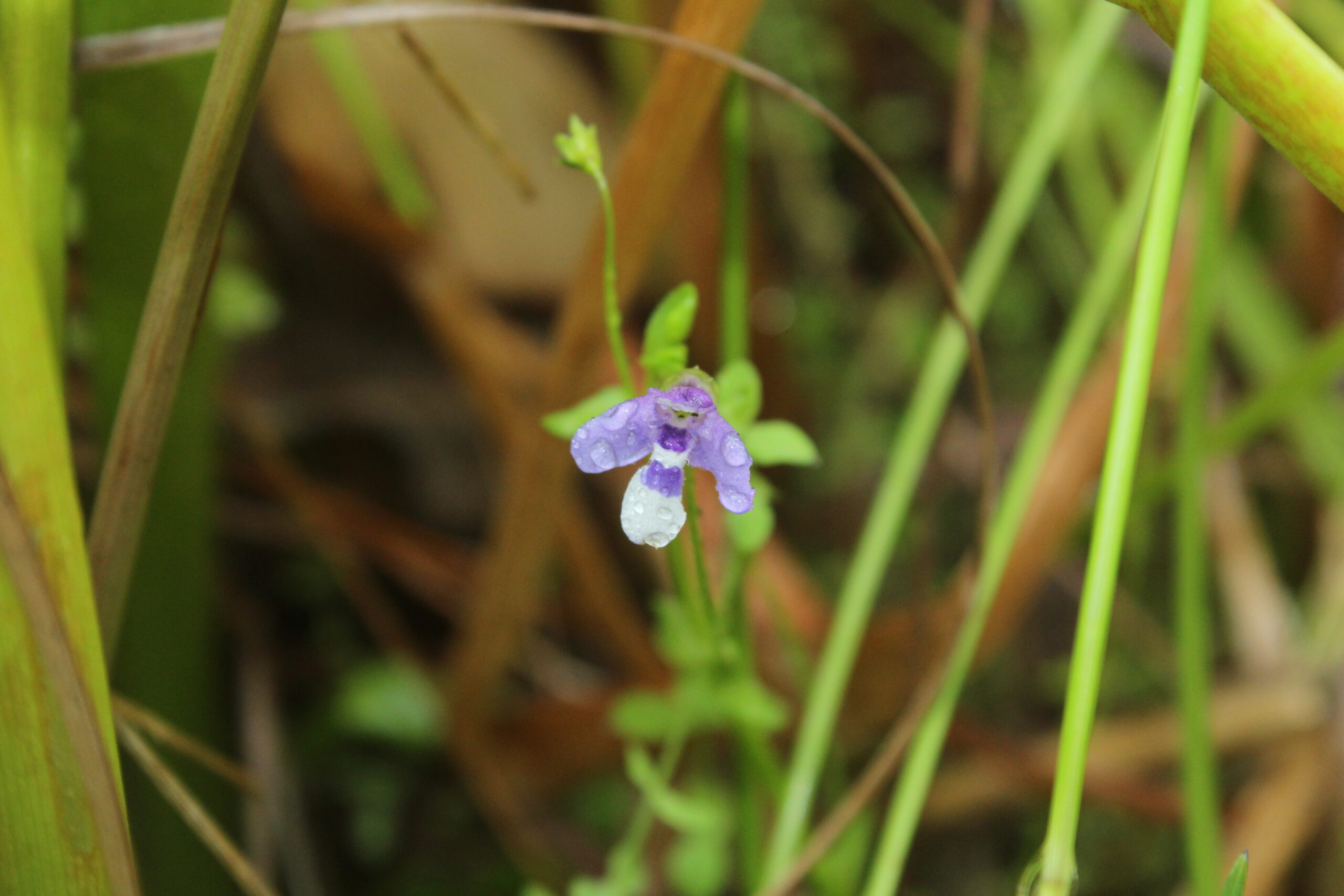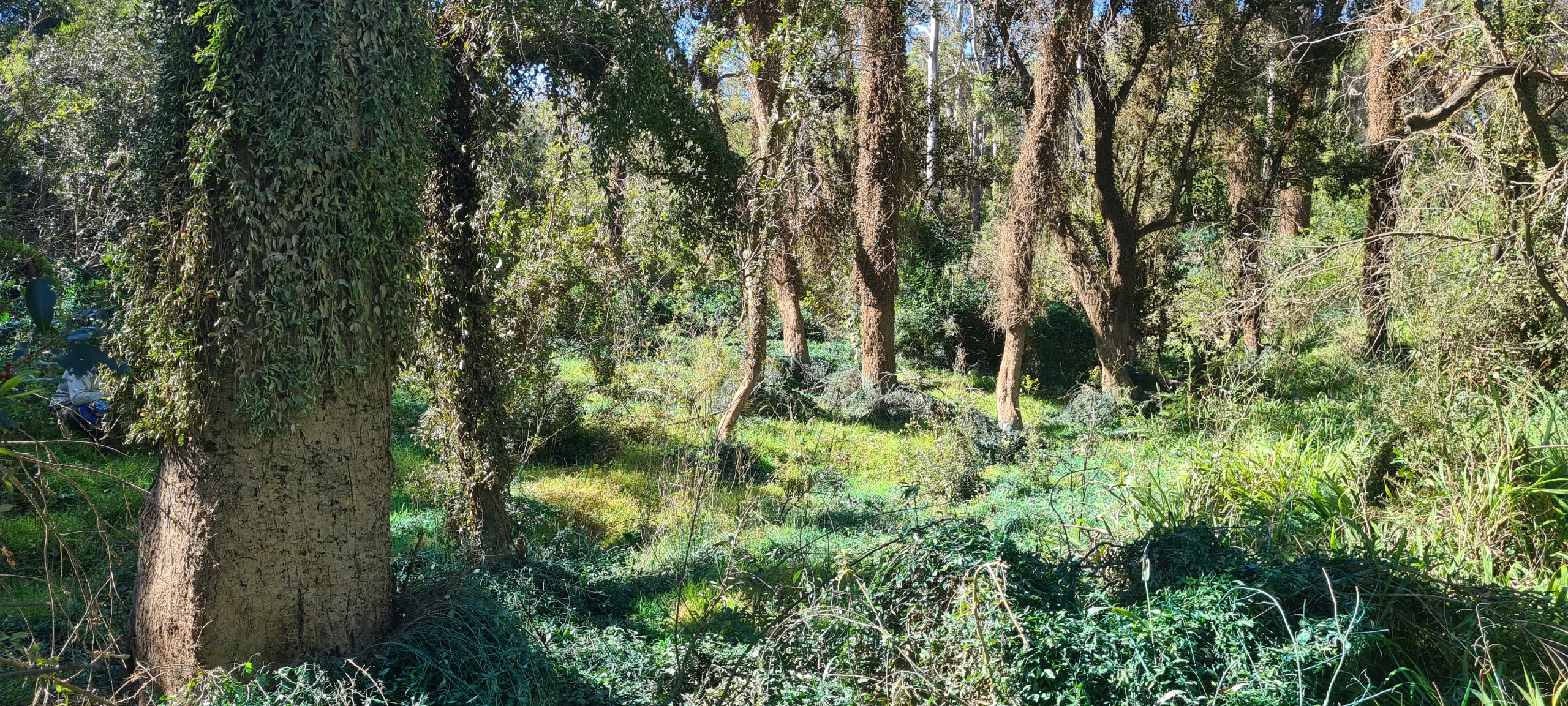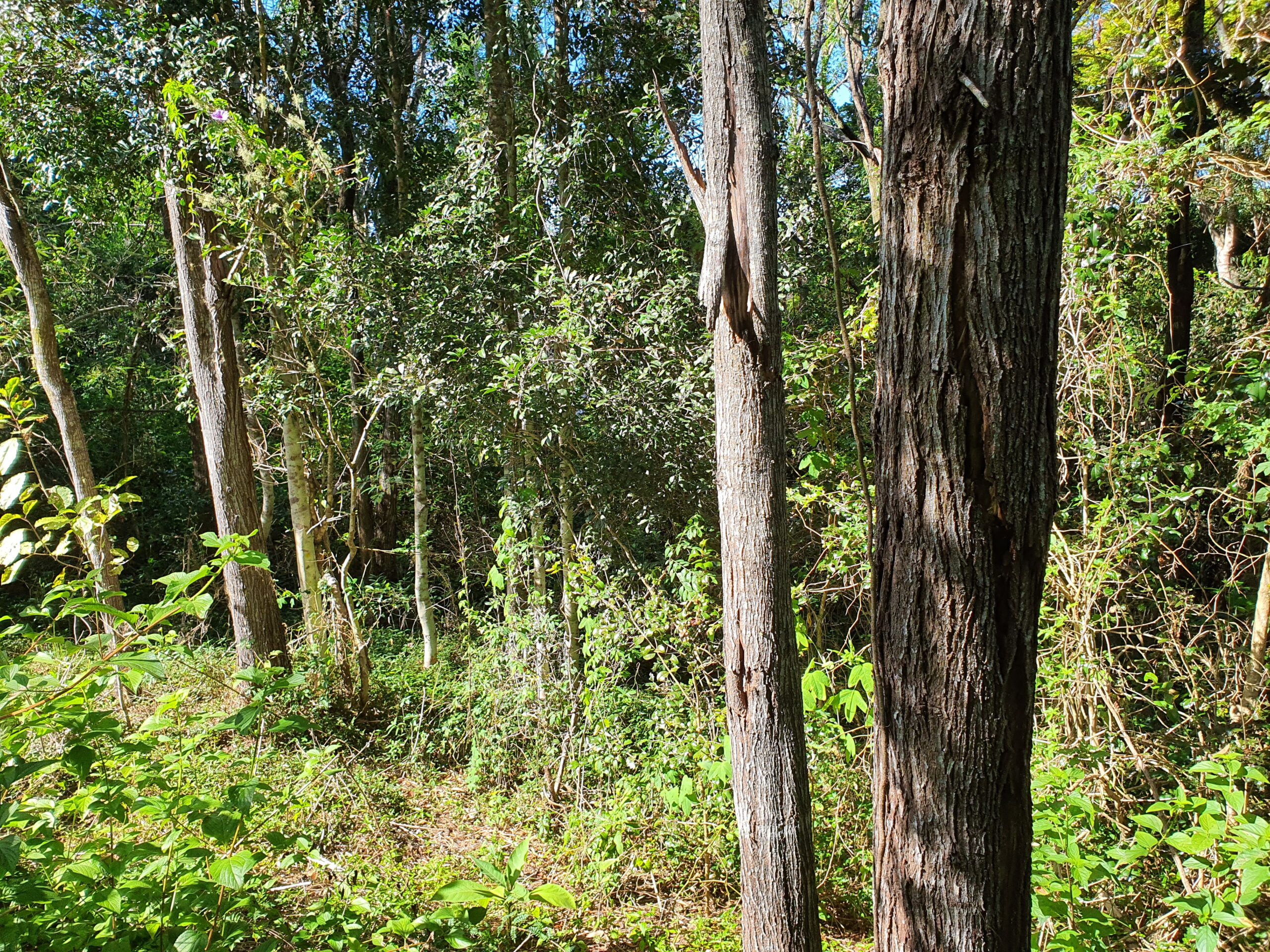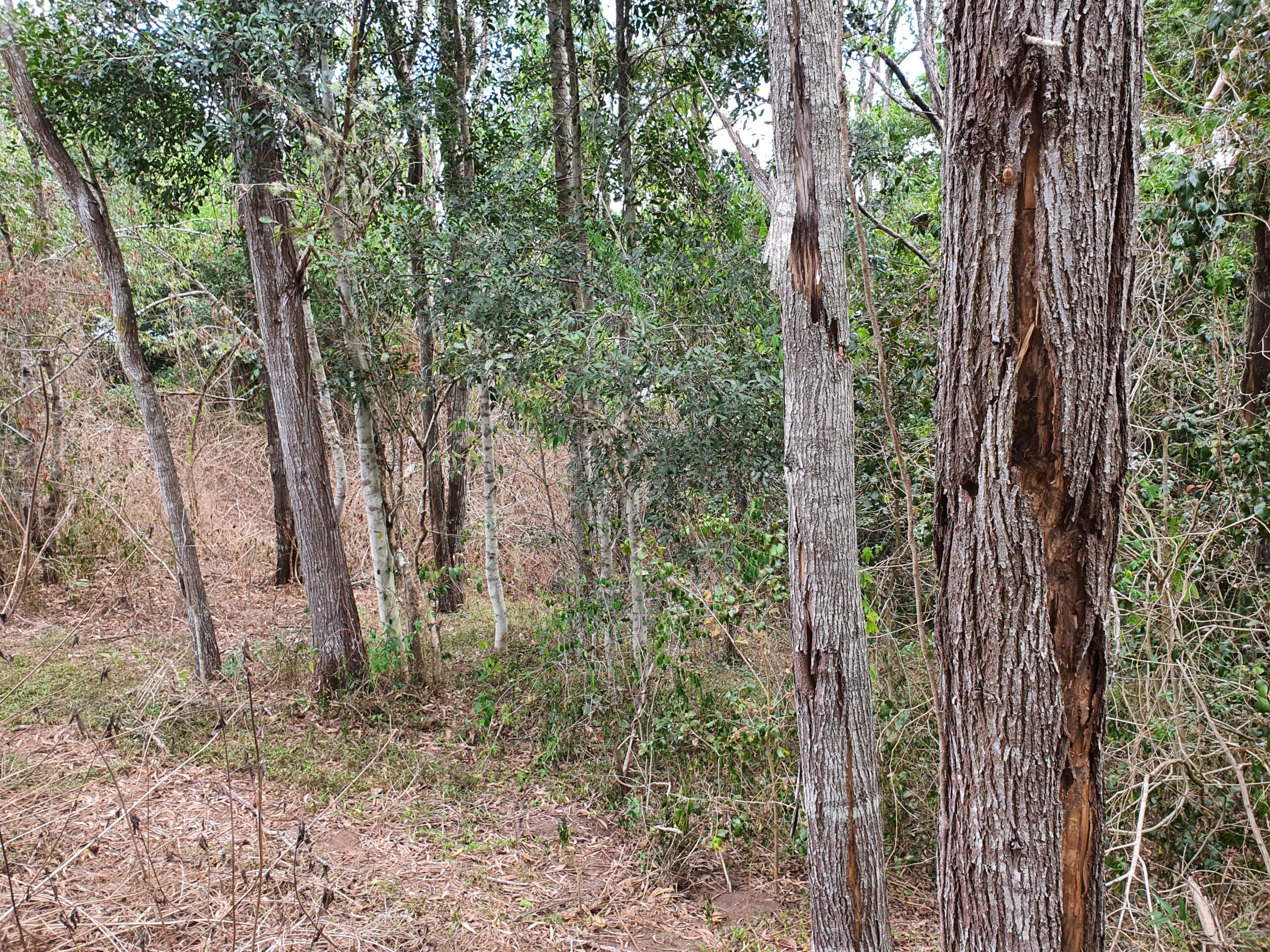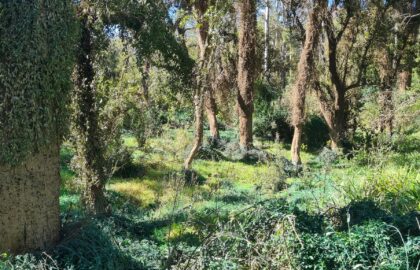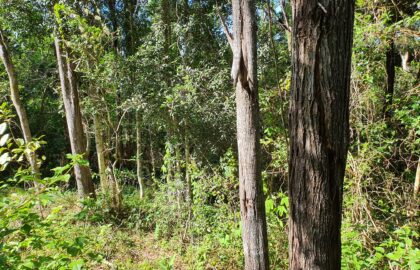Conserving Ecosystems and Environmental Assets on Private Property in the Clarence Valley
Empowering and Assisting Private Landholders with Nature Conservation
Private Landholders
Service Classification/s:
Clarence Valley, NSW
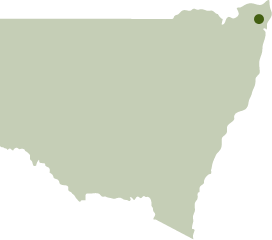
Overview:
Private landholders play a key role in nature conservation because large portions of native vegetation and wildlife habitat, and many threatened and endangered species are located on private properties.
Private landowners who have entered in private land conservation agreement with the Biodiversity Conservation Trust (BCT) have received funding through their Conservation Partners Program to actively manage biodiversity and native vegetation on their land. Envite have been working with a number of different landowners across the Clarence Valley LGA to implement Ecological Restoration to conserve biodiversity and support productive landscapes.
The objective of works is to improve and protect the quality of ecosystems and environmental assets on private property.
Environmental restoration practitioners have been methodically managing the presence of highly threatening weed species in degraded areas of significant conservation value. This includes the control of weeds Lantana and Cats Claw Creeper. Weeds have been managed strategically with an awareness of forest dynamics, utilising management techniques that are ecologically relevant to the landscape context. Adaptability is required from site to site with techniques applied in regard to the ecosystems condition and resilience.
Outcomes:
The work has assisted and encourages nature conservation by recognising and harnessing the capacities and capabilities by engaging and involving landholders to achieve community conservation outcomes.
By addressing these primary weeds that hinder the recovery of these areas, the practitioners mitigated threats and promoted the restoration of the natural environment. This includes a number of threatened and endangered species that occupy the sites including:
- Lindernia alsinoides (Noahs False Chickweed)
- Phyllanthus microcladus (Brush Sauropus)
- Maundia triglochinoides
- Aepyprymnus rufescens (Rufous Bettong)
- Phascolarctos cinereus (Koala)
By implementing responsible land management practices, the commitment to stewardship and landscape preservation has elevated the intrinsic natural qualities. This effort has not only amplified the distinctive environmental attributes of the region but has also fostered community participation in conservation initiatives, safeguarding biodiversity conservation in New South Wales.
These projects are all funded through Biodiversity Conservation Trust’s Conservation Partners Program
Related Links:
NSW Biodiversity Conservation Trust
Click on the image to enlarge


